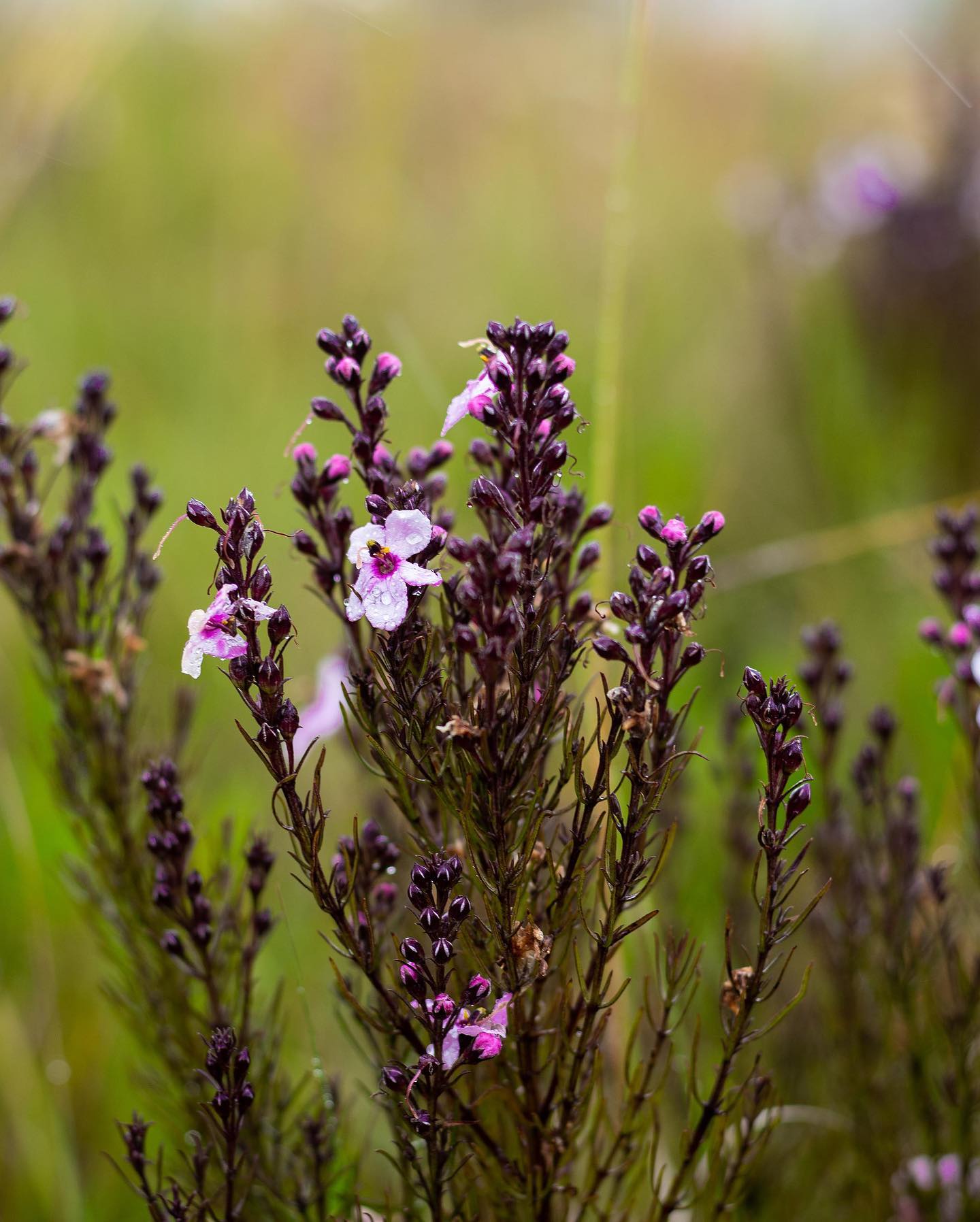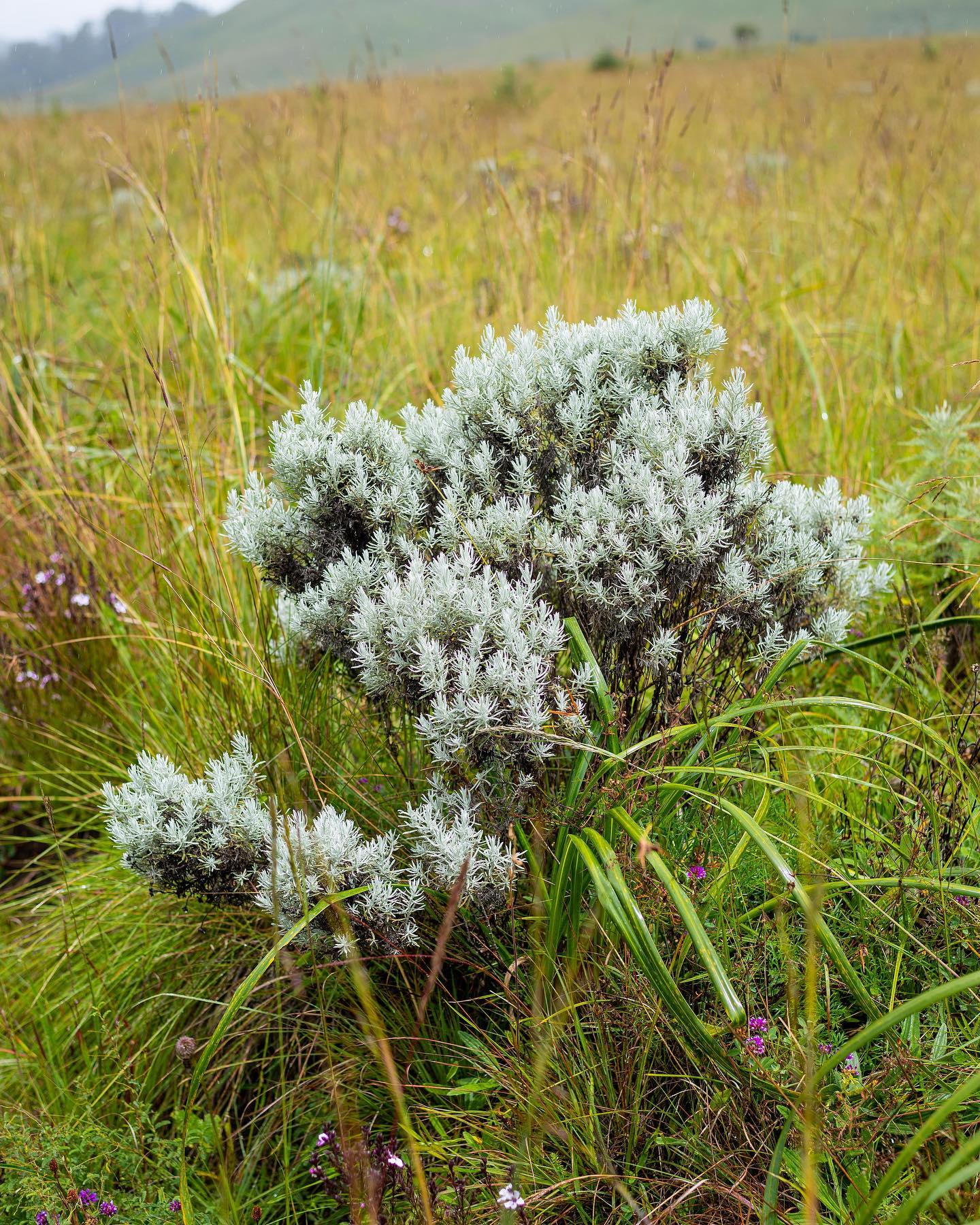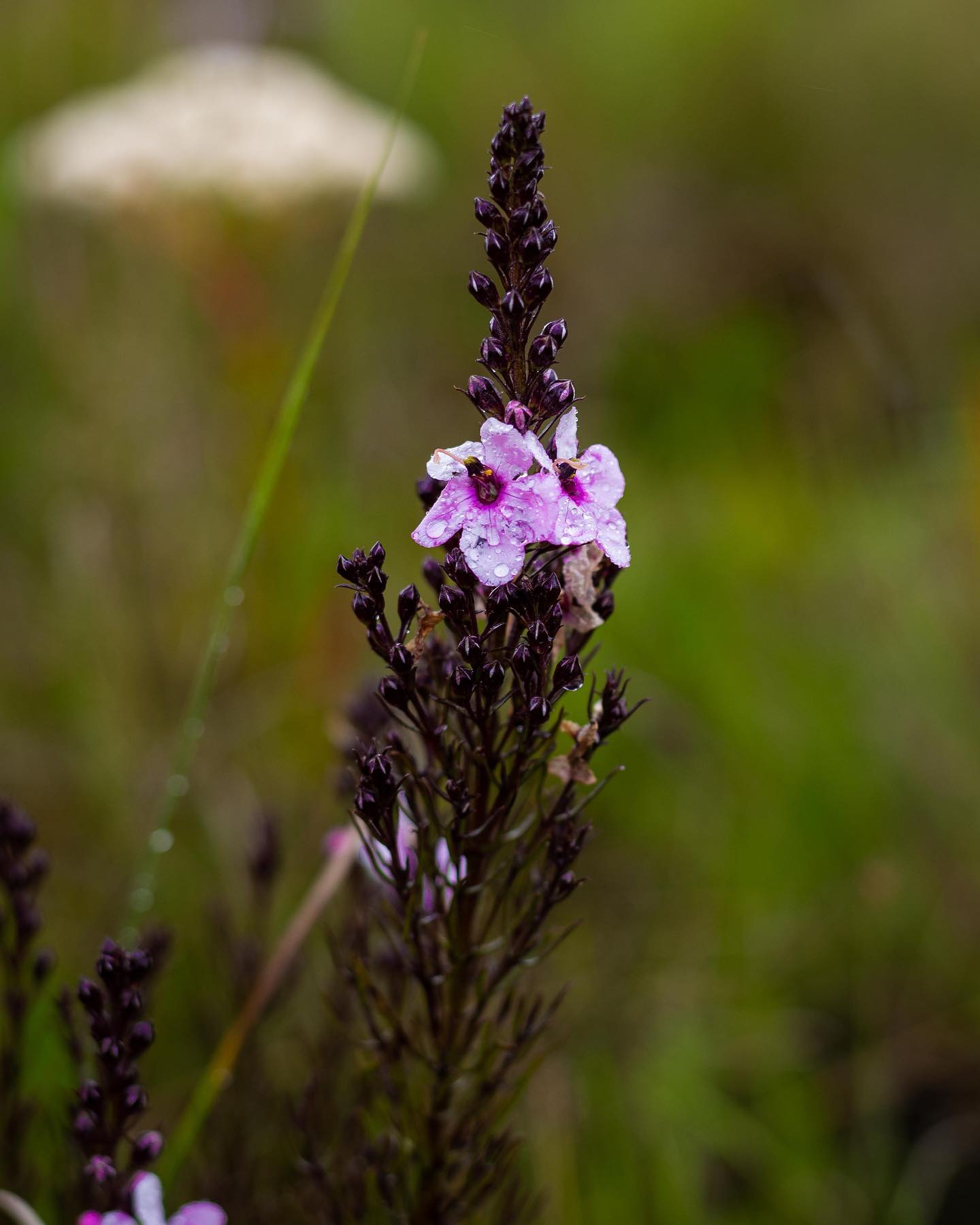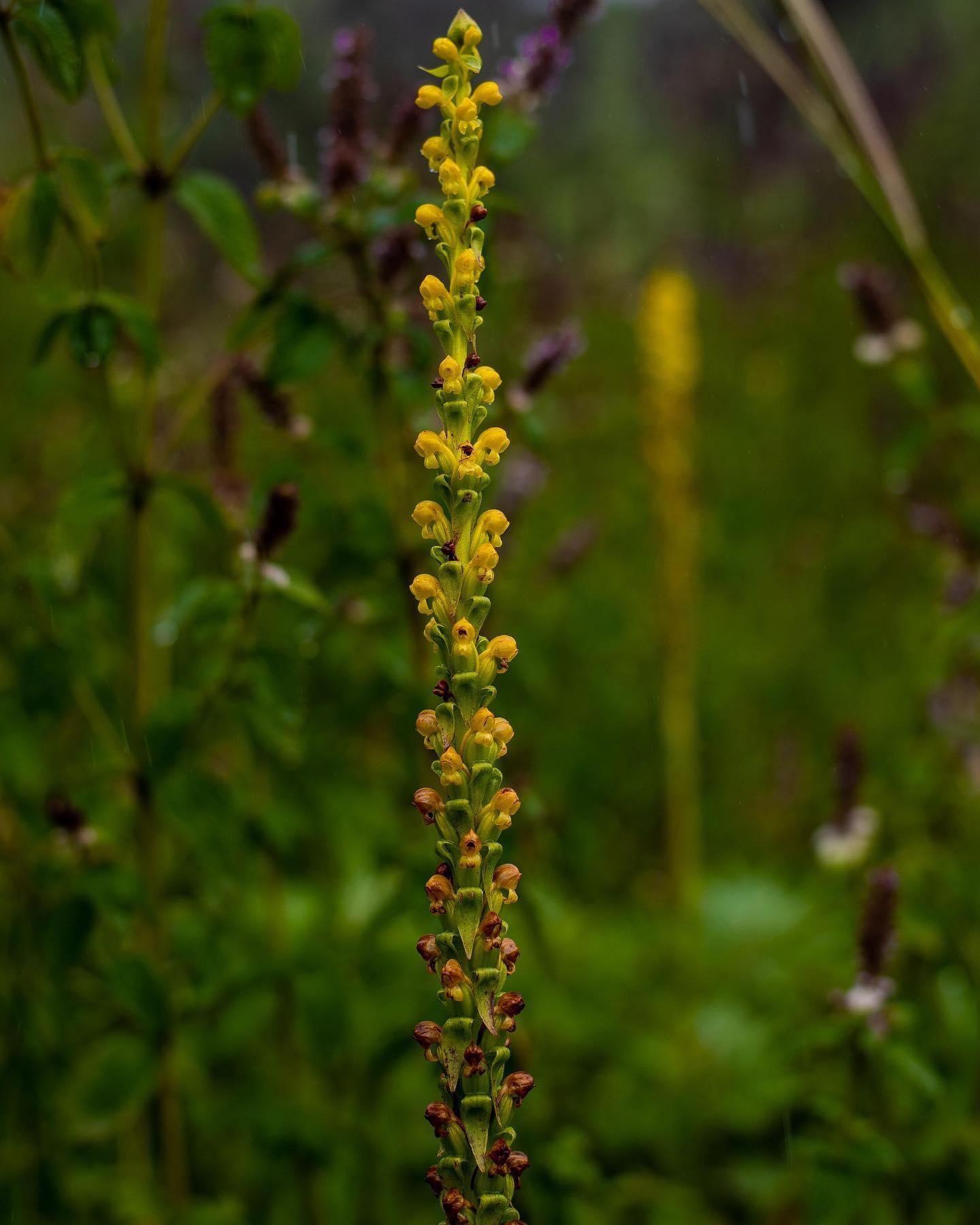Kitulo National Park: The Botanical Marvel and “Garden of God”
Nestled at an altitude of approximately 2,600 meters above sea level, ensconced amidst the rugged peaks of the Kipengere, Poroto, and Livingstone mountains, Kitulo National Park unfolds its enchanting tapestry. Here, the fertile volcanic soils cradle an extraordinary montane grassland community, a hallowed realm renowned as the largest and most vital of its kind in Tanzania.
Known affectionately by locals as “The Garden of God,” Kitulo National Park emerges as a botanical wonderland, a sanctuary where nature’s handiwork flourishes with unparalleled splendor. This pristine ecosystem hosts a staggering 350 species of vascular plants, an astonishing 45 varieties of terrestrial orchids among them. These floral treasures burst into a riotous, kaleidoscopic wildflower display of breathtaking scale and diversity during the primary rainy season, which blesses the land from late November to April.
Kitulo is not merely a botanical treasure trove; it’s a vital watershed for the Great Ruaha River, serving as the first national park in tropical Africa to be dedicated predominantly for its floral significance. Here, a profusion of orchids captivate the senses, sharing the stage with resplendent yellow-orange red-hot poker blossoms and a rich array of aloes, proteas, geraniums, giant lobelias, lilies, and aster daisies. Remarkably, more than 30 species within this extraordinary floral ensemble are found nowhere else but within the southern reaches of Tanzania.
For enthusiasts of avian life, Kitulo offers an enticing realm for birdwatching, harboring rare and elusive bird species. While the park’s representation of big game is modest, the hardy mountain reedbuck and eland still roam the open grasslands, adding a touch of wild grace to the landscape.
Kitulo National Park is situated approximately 100 kilometers from the vibrant town of Mbeya in Southern Tanzania. Covering an expanse of 413 square kilometers, it stands as a haven for botanists and hikers alike. The zenith of wildflower displays occurs during the rainy season, from December to April, a prime time for botanists to immerse themselves in nature’s palette. Conversely, the sunnier months, spanning from September to November, provide ideal conditions for hiking, though the botanical spectacle wanes. The period from June to August ushers in cold and foggy weather conditions.
For those seeking respite in the embrace of Kitulo’s wonders, accommodation options abound in the nearby town of Mbeya. Venture into Kitulo National Park, where botanical marvels and awe-inspiring landscapes converge, promising an unforgettable journey into the heart of nature’s creativity.



